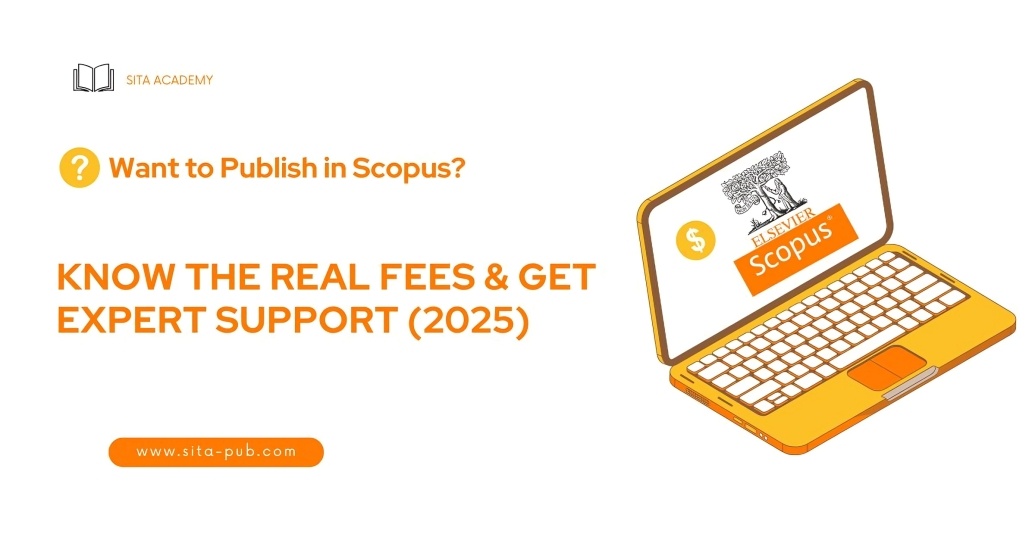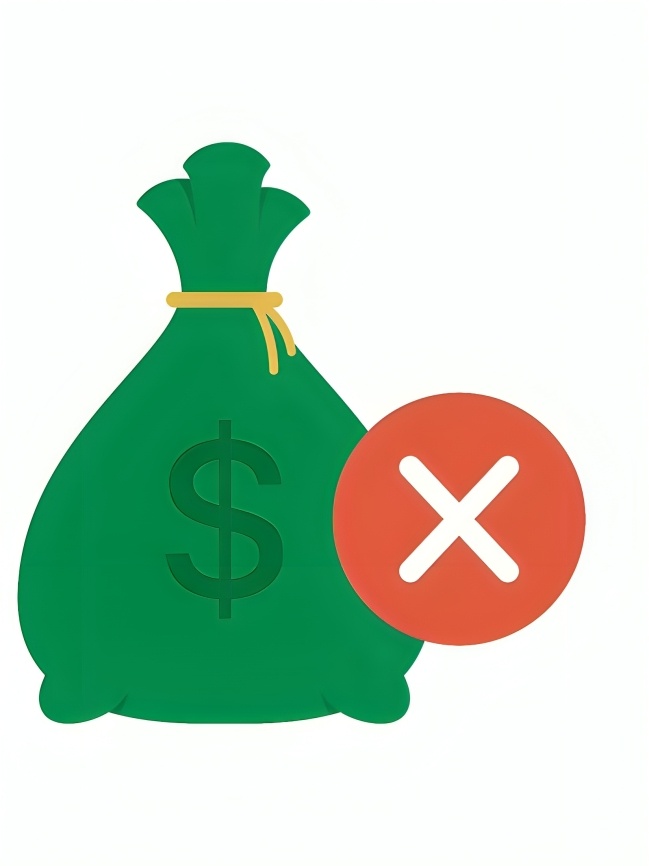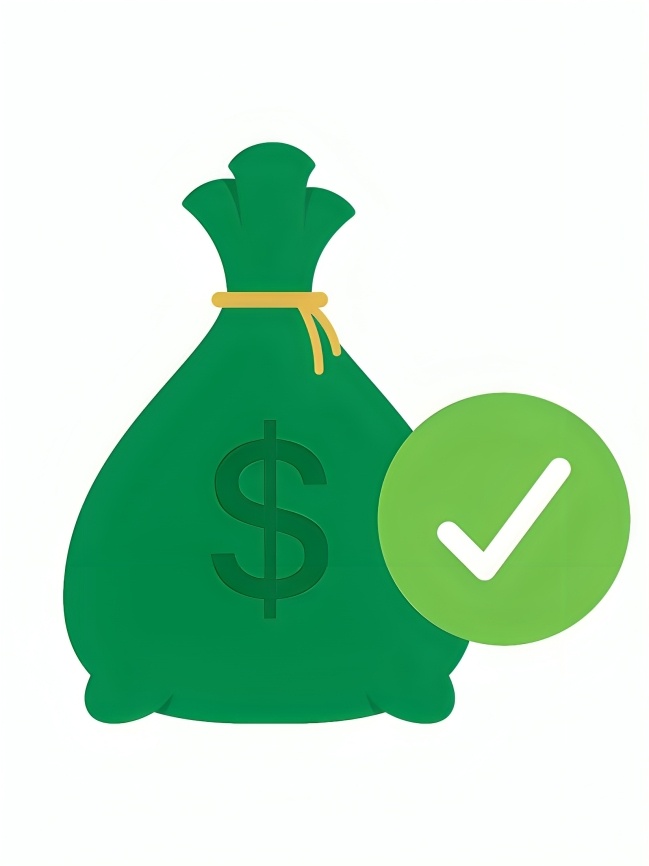Want to Publish in Scopus? Know the Real Fees & Get Expert Support (2025)


Scopus remains one of the most trusted and widely recognized research databases, indexing high-quality journals across all disciplines for any researcher, academic, or Ph.D. student.. However, one of the most common questions among authors is:
How much does it really cost to publish a paper in a Scopus journal in 2025?
In this guide, we’ll break down the real Scopus publication fees, explain how pricing varies across quartiles (Q1–Q4), and show how Publication Support Services can help you choose the right journal, estimate fees, and guide you through a smooth publication process.
Scopus, owned by Elsevier, is a leading abstract and citation database that indexes over 27,000 peer-reviewed journals across disciplines such as science, technology, medicine, social sciences, and the arts and humanities.
When submitting to a Scopus-indexed journal, authors may encounter publication fees, also known as Article Processing Charges (APCs). These fees are set by the individual journal and vary depending on several factors.
It is important to note that Scopus itself does not charge any fees. The cost is entirely determined by the chosen journal and its policies.

The Scopus publication fee (or Article Processing Charge, APC) varies depending on several factors, including:
The quartile rank (Q1–Q4) of the journal.
Whether it is open access or subscription-based.
The publisher’s reputation and region.
The discipline or field of study.
Here’s a general breakdown of average publication fees for Scopus journals in 2025:
Quartile (Q) | Type of Journal | Estimated Publication Fee (USD) |
Q1 | High-impact, top-tier journals | $1,800 – $3,000+ |
Q2 | Well-ranked international journals | $1,200 – $1,800 |
Q3 | Moderate-impact journals | $250 – $1200 |
Q4 | Emerging or newer Scopus journals | Free – $800 |
Discipline | Average APC Range | Notes |
Medicine & Life Sciences | $2,000 – $5,000 | Higher fees due to extensive peer review and production costs. |
Social Sciences & Humanities | $500 – $1,800 | More affordable options available. |
Average Global APC | ~$1,900 | Reflects a broad spectrum across disciplines |
Some journals offer free publication (no APC), while others charge fees, depending on the content and field of the paper.
Note: These figures are approximate and can vary by journal and publisher.
Some journals indexed in Scopus do not charge any publication fees. These are often subscription-based or institutionally funded journals where readers (not authors) bear the cost.
Usually found in Q3–Q4 range.
Longer review time (3–6 months).
Competitive but cost-effective.

Paid or open-access Scopus journals charge a publication fee to make your paper freely accessible to all readers.
Faster publication (1–3 months on average).
Guaranteed global visibility.
Fees vary by publisher and discipline.
Examples of major publishers with Scopus-indexed open-access journals: Elsevier, Springer, Taylor & Francis, Wiley, MDPI, Hindawi, and Sage.

When authors search for “Scopus price,” “Scopus journal price list,” or “Scopus publication cost,” they’re usually looking for clarity about hidden fees.
In reality, publication pricing depends on:
Access type (open access vs. subscription).
Publisher location (some charge lower fees for researchers from developing countries).
Article type (review articles, case studies, and short communications may have different pricing).
At SITA Academy, we help researchers by:
Identifying low-fee or free Scopus journals in your field.
Estimating real publication costs before submission.
Guiding you on how to avoid predatory journals that falsely claim Scopus indexing.
While the official Article Processing Charge (APC) covers basic publication fees, authors may encounter additional costs, including:
Language Editing & Proofreading: Ensures clarity, grammar, and style, especially for non-native English speakers.
Plagiarism Checks: Tools like Turnitin or iThenticate to ensure originality and compliance.
Manuscript Formatting & Reference Alignment: Adjusting the paper to meet journal style guidelines.
Figure Preparation & Data Visualization: Enhancing charts, graphs, and images for publication.
Page Charges: Fees for exceeding standard page limits.
Color Figures: Additional costs for publishing colored images or graphics.
Extra Authors: Charges for including additional co-authors beyond the journal’s standard limit.
Formatting & Editing Services: Some journals or third-party providers may charge for professional formatting or language editing.
At SITA Academy, we provide optional pre-submission services:
Professional editing
Formatting to journal standards
Plagiarism checks and reports
These services help ensure your paper meets journal requirements and increases the likelihood of smooth acceptance.
Publishing in Scopus can be challenging — finding the right journal, understanding the cost, and managing revisions all take time.
Our Team simplifies this process through:
Based on your paper’s topic, scope, and quality, our experts recommend the most suitable Scopus-indexed journals (Q1–Q4) — balancing visibility, speed, and cost.
We provide accurate information on Scopus journal pricing — including whether the fee is paid upfront, after acceptance, or fully waived.
From manuscript formatting to communication with the journal, our team assists you at every stage, reducing the chances of rejection.
“Scopus charges authors directly.”
False. Scopus doesn’t charge; individual journals do.
“All Scopus journals are paid.”
False. Many reputable Scopus journals are free or charge after acceptance.
“Higher fees mean faster acceptance.”
Not always. Reputable journals maintain peer review standards regardless of payment.
Navigating the complex world of Scopus publication can be overwhelming. We provide personalized guidance for every step — from journal selection to final acceptance.
Our team ensures:
You publish in authentic Scopus-indexed journals.
You know the exact publication cost before submission.
You receive timely updates on your paper’s review and acceptance status.
Publishing in Scopus remains a mark of excellence in academic research. Yet, understanding the real Scopus publication fees and choosing the right journal is crucial to making the process smooth and cost-effective.
Whether you’re aiming for a Q1 journal for maximum impact or a Q4 option for fast and affordable publication, knowing your options — and getting expert guidance — makes all the difference.
If you have any questions, inquiries, or would like to learn more about our services, please don't hesitate to reach out to us. Our dedicated team is ready to assist you.